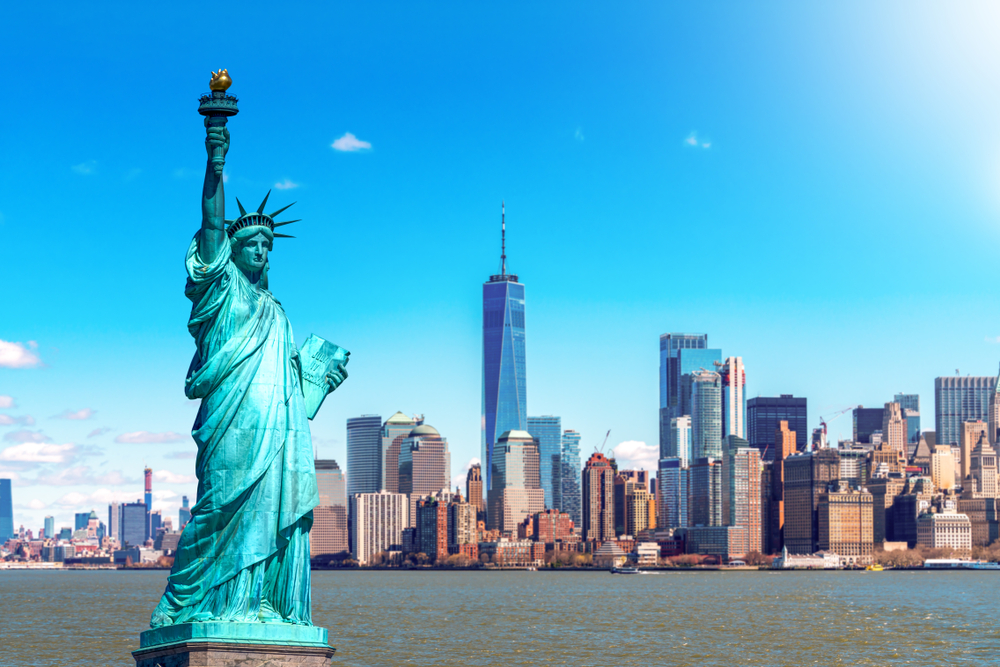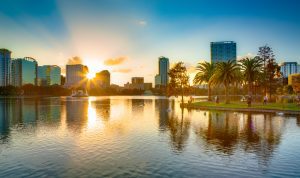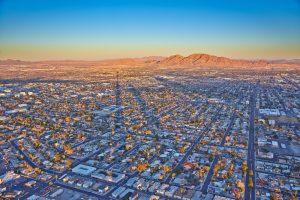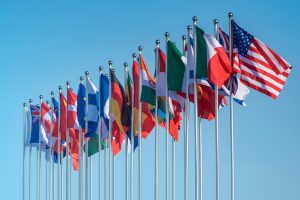An ethnically heterogeneous society can tolerate people of different ethnicities. A religiously heterogeneous society will accept people of other faiths.
It’s not enough to have people of different ethnicities or religions living in the same country. There must also be a willingness and ability to live with others frictionlessly and seamlessly.
What makes the US a heterogeneous country is the population’s admixture of different races, ethnicities, and socio-cultural backgrounds.
Table of Contents
Many people think that the US has a heterogeneous society
America’s society is heterogeneous as it is home to various styles, cultures, and beliefs interspersed in a single thread. Our nation is thought to respect and honor diversity.
Supposedly, we hold religious freedom as one of our “highest values.”

In sociology, “heterogeneous” may refer to a particular group or society comprising people of different cultural backgrounds, ethnicities, genders, or ages. On the face of it, America would indeed seem to be a heterogeneous society.
However, a “caveat” becomes apparent when considering the meaning of “society.”
Merriam-Webster defines “society” as: “people in general thought of as living together in organized communities with shared laws, traditions, and values.”
Retrieved from https://www.merriam-webster.com/dictionary/society
When this description is applied to describe the antebellum southern United States, does it work?
What is a society?
In the antebellum southern United States, would the vast majority of slaves really have “shared the values” of their enslavers? Did these slaves “share the laws” or suffer them?
These poor unfortunates might have shared some traditions, such as church or Christmas, but did they really share most of the traditions afforded to their slave owners?
Even today, African Americans have a tradition of driving in they are black. This “tradition” can’t be shared by the larger white community.
It is quite common for those outside the country to believe that African Americans and white Americans are actually living in two distinct Americas. Sure, physically, they reside in the same country; however, mentally, jurisprudentially, socially, economically, and in many other ways, the two do not.
The upshot of all this is simple: is it really true that disparate people living in the same country who nevertheless do not experience the same society are actually members of a heterogeneous society, or are the actual members of different homogenous communities simply living side-by-side?
America’s appearance of heterogeneity
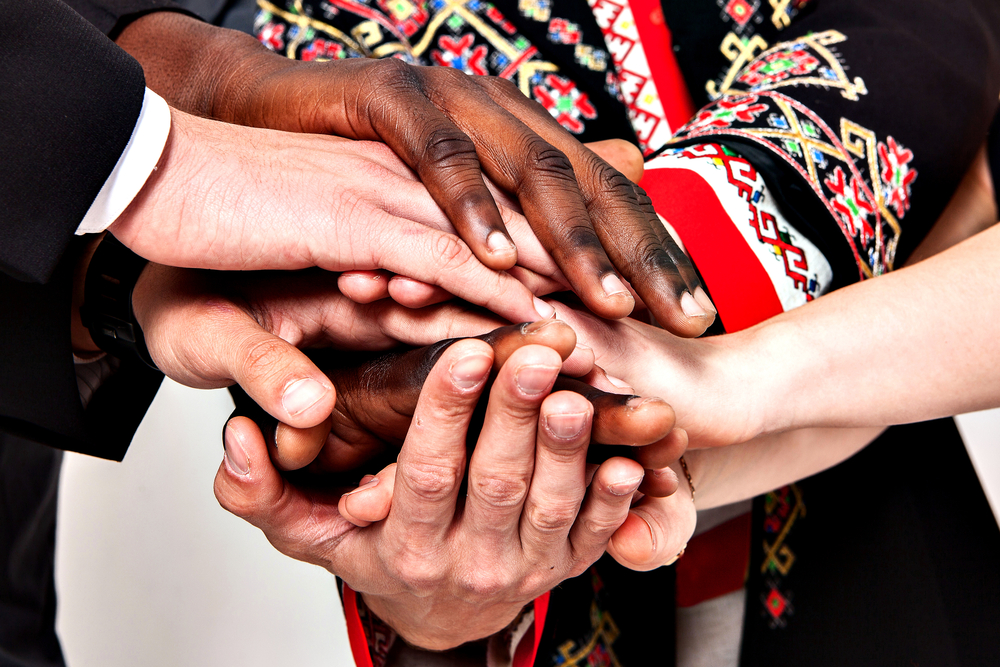
A heterogeneous society is a society in which people from diverse races, cultures, social classes, dialects, languages, and ethnic groups, as well as cultures and traditions and more, can live in peace. Those who manage to overlook the apparent divisions that exist in our society can believe in the fact that the US is a society that is heterogeneous because of age, culture such as ethnicity, nationality or race, sexual orientation.
Race
A US Census Bureau in 2020 study found that in just ten years, the chances that two randomly selected people would be of a different race or ethnic group had increased significantly.
Non-Hispanic whites are the greater part of the populace in the USA. Other races are frequently called “minorities.” Latino Americans and Hispanics are the next largest populace, then African Americans and Asians.
Other American groups include Native Americans, Alaskan Natives, Indigenous Hawaiians, Native Hawaiians, and Pacific Islanders. A large number of Americans are of mixed race.
Race is a controversial topic in the US due to the tragic past of slavery. African Americans have been oppressed throughout time, and one moment that spectacularly bucked the trend was when the first black president, Barack Obama, was elected in 2008.
Although it is not legal to discriminate against individuals due to race, the truth is that there remain numerous issues with discrimination against people of color within the USA.
It can be hard to even discuss race in America

Certain people are uncomfortable talking about the racial divide. It is often difficult to determine how to refer to people of different races.
For instance, certain Americans of African origin prefer being referred to as African Americans. However, others prefer “black” or “person of color.” This is also true for people who hail from South or Central America.
Some might consider themselves Hispanic, others prefer Latino or Latina, while others refer to themselves as white or use a different word. If you have to define an individual by race and you’re not sure what to call them, ask them.
Enforced diversity by way of illegal immigration
Adding to the natural (or at least, endemic level of anti-diversity sentiment) is the flood of immigrants illegally crossing into the US, primarily from Mexico and Canada. The data released by US CPB (Customs and Border Protection) indicates that federal police officers have stopped around two million foreigners trying to gain entry into the US by crossing the border from Canada or Mexico or via either the Atlantic or Pacific coasts or through air, land, and seaports.
The majority of the two million, or just over a million and a quarter of them, were detained at the border by Border Patrol. This is the greatest number of people stopped in the last century and is a clear indication of the disaster at the border.
Ethnicity
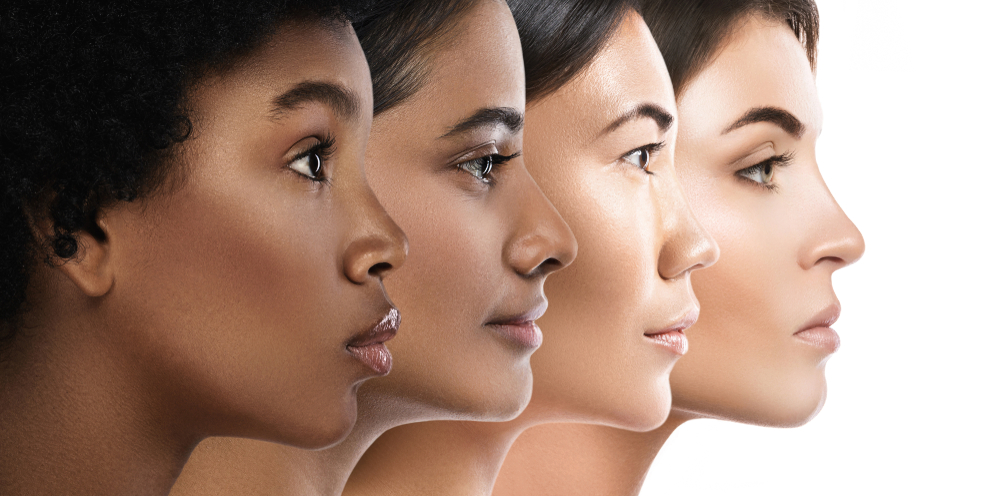
“Race vs. Ethnicity”
The terms race and ethnicity are used to identify certain populace groups. In simple terms, “race” refers to physical characteristics, while ethnicity is used to describe an identity based on culture.
Race can be described as something you inherit, while ethnicity is learned.
Ethnicity
Broader than race, the term “ethnicity” is used to classify individuals according to their identity and expression in their culture. Commonalities, such as racial, tribal, national or religious, linguistic, or cultural heritage can be used to define someone’s ethnicity.
If someone says they are black, their ethnicity may be Nigerian, or they could claim their race is white, and their ethnicity is German.
“Ethnic African Americans”
An African American, also known as an African American individual, has black or black-only ancestral roots. Despite the phrase African American, many black Americans have ancestors from other regions of the globe, including South America and the Caribbean.
However, several have African origins because European settlers took many enslaved persons forcibly into North America. A high percentage of these people originated from West or Central Africa.

The history of discrimination based on race against black Americans goes back a long way. The discrimination based on race towards African Americans was legally outlawed after the enlightened Civil Rights Movement, though the inequality persists in the present.
Today, African Americans constitute 12.3 percent of the overall population.
“Ethnic WASP (or English)
A majority of Americans who claim English origins are from the northwestern US. Ancestrally, they are usually from British Isles regions, like Scotland, England, and Wales. Nowadays, people of English origin comprise 12.6 percent of Americans.
“Ethnic Irish”
Many people hailing from Ireland came to the US during the mid-1800s because of the Great Famine in Ireland. Many relocated to Chicago, Philadelphia, Boston, and New York.
At present, the ethnic group is 10.6 percent of the total people in the United States.
“Ethnic Native Americans”
Native Americans, including anyone with ancestry of North, Central, or South America and Alaska, comprise 1.6 percent of the US population. Before European settlement, Native Americans were the first inhabitants of the modern-day United States.
However, the arrival of Europeans brought new dangers and diseases and often resulted in violence. During this time, the Native American population dwindled, and to this day, their population is still significantly affected by high rates of extreme poverty.
“Ethnic Mexicans”
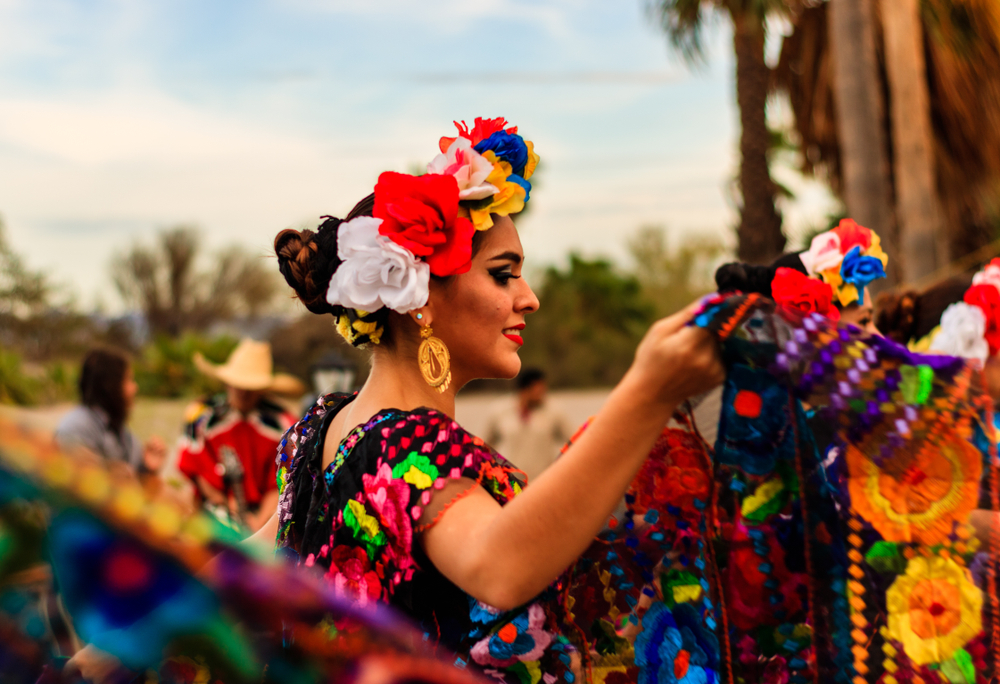
Mexicans have been migrating to America for centuries because of Mexico’s proximity to the US. The population of this Mexican ethnic group is mainly located on the southwestern border of the US and makes up 10.9 percent of the people.
The Mexicans also make up 58.5 percent of the Latino or Hispanic populace of the United States.
“Melting Pot, USA”
The only thing that stands against the illusion of heterogeneity is the seemingly inexplicably strong desire of human beings to fall in love with anyone they want to. It is apparent that when thrown in a cadre and fed at some point, people of one race will find something appealing in people belonging to different races.
The result is mixed-race kids and the notion that a society could be a “uniform melting pot” of race. The weird and fascinating part about the “melting pot” concept is how it disintegrates an ethnically diverse society and replaces it with the same society.
20th and 21st century America
Over the 20th and 21st centuries, the US became famous worldwide as the world’s greatest melting pot. Many immigrants came to the US with the notion that they could be Americans regardless of their ethnicity in their minds and hearts.
The US and the “melting pot” metaphor
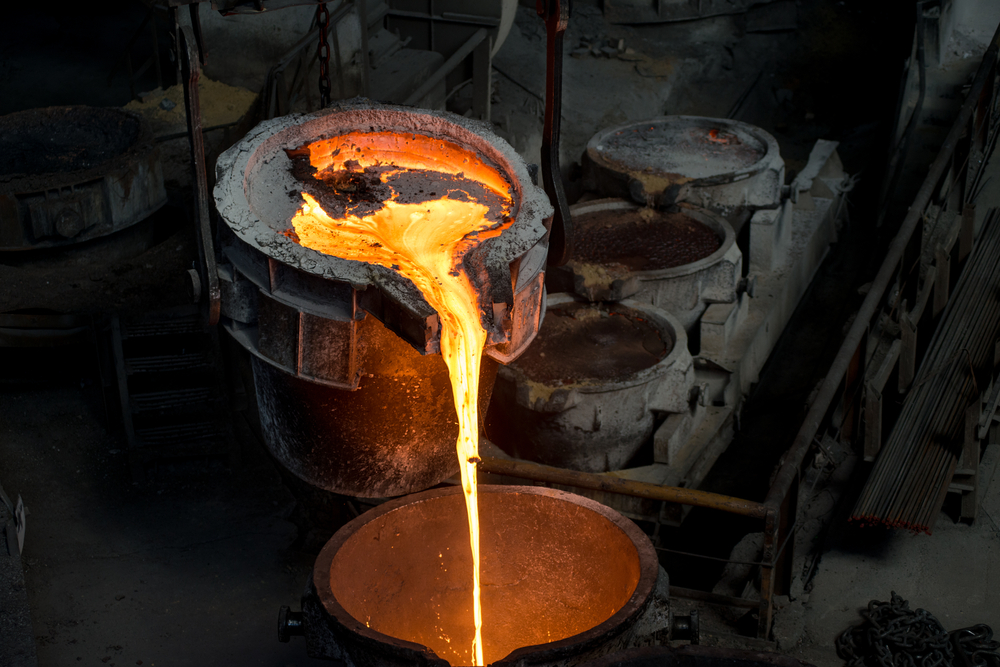
The melting pot lies at the center of the American process of immigration. The melting pot is derived from the belief that all the differences between cultures in the US meld together, like metals that were being melted down into a stronger alloy.
Immigrants came to the US from all over the world, bringing many of their own traditions to their new home. Their food, music, fashion, religion, and many other things gradually became part of American society.
Pizza, for instance, originated in Italy, and it’s hard to imagine anything more American than the tasty pizza. African American musical tradition gave us jazz, rock & roll, and blues, but today they’re all American.
Origin of the phrase “melting pot”
The expression “melting pot” has been in use since the 1780s and was incorporated into widespread usage due to a renowned Broadway production.
Composed by Israel Zangwill in 1904, “The Melting Pot” tells the story of a Russian Jewish refugee escaping ethnic cleansing in his native country by emigrating to the US. He experiences love, acceptance, and a sense of belonging, as the divisions between the different races “melted away” due to cultural exchanges becoming the standard.
The show was a huge success and received the praise of then-President Theodore Roosevelt. The country quickly embraced the concept of the “melting pot” and made it a significant element of US culture.
What makes the US a heterogeneous country?
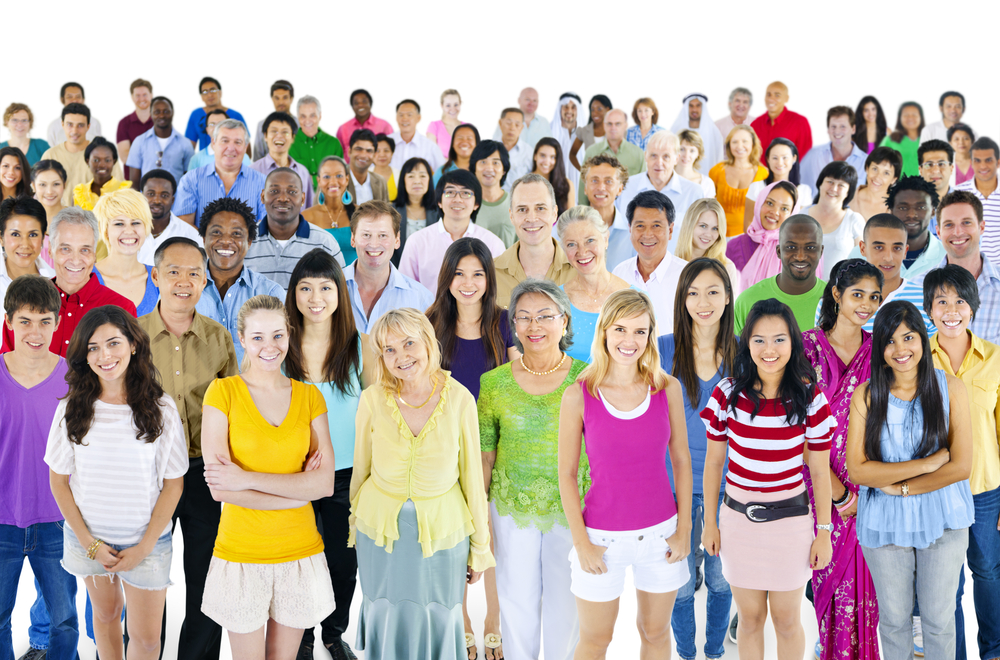
It is a little glib to accept that just because many different people live cheek-to-jowl (supposedly) within the borders of a single country that country can be said to be “heterogeneous.” For the easy win in this debate, one need only ask, “Would you be happy for your son or daughter to marry a person of a different race or religion?”
Given that most Americans would answer “No” to this question, it is untenable to say that the US is heterogeneous.

